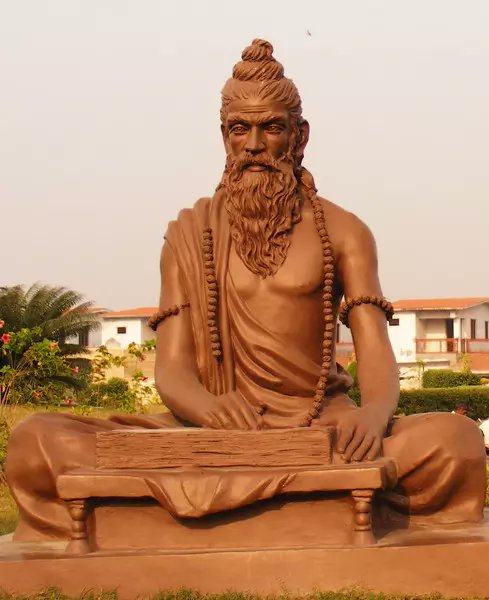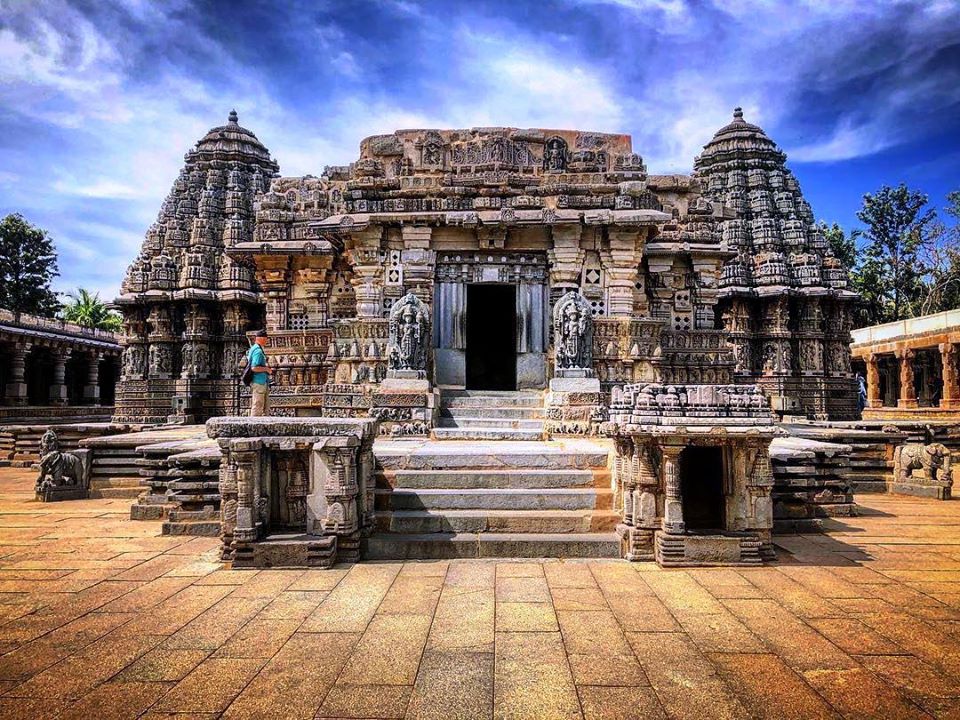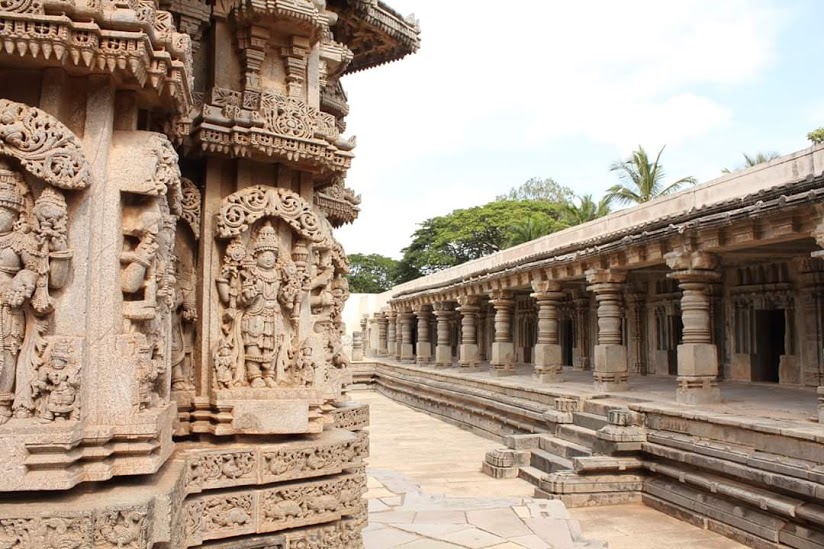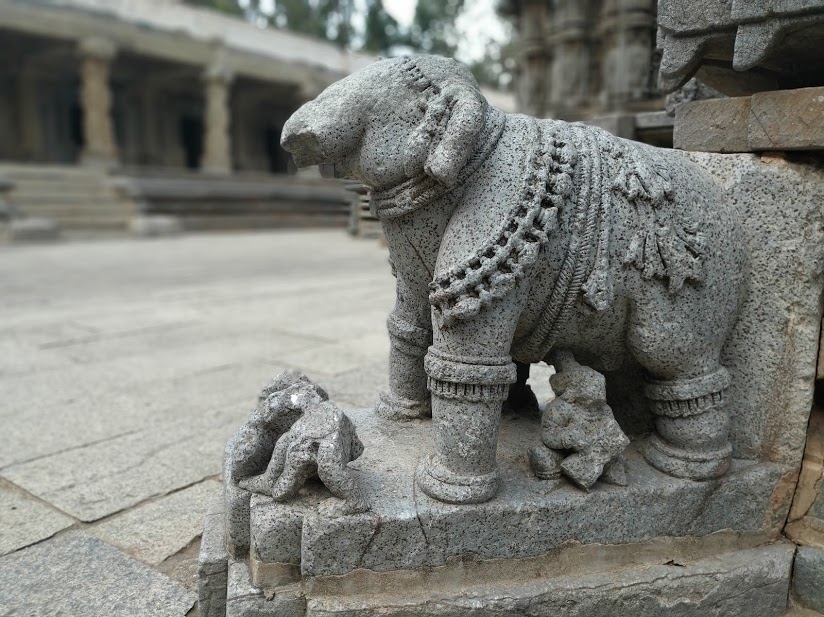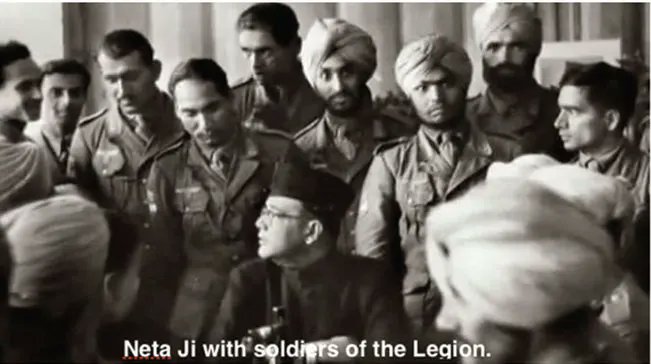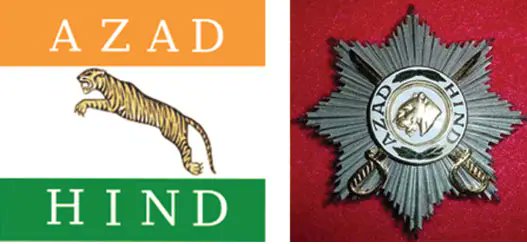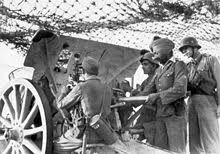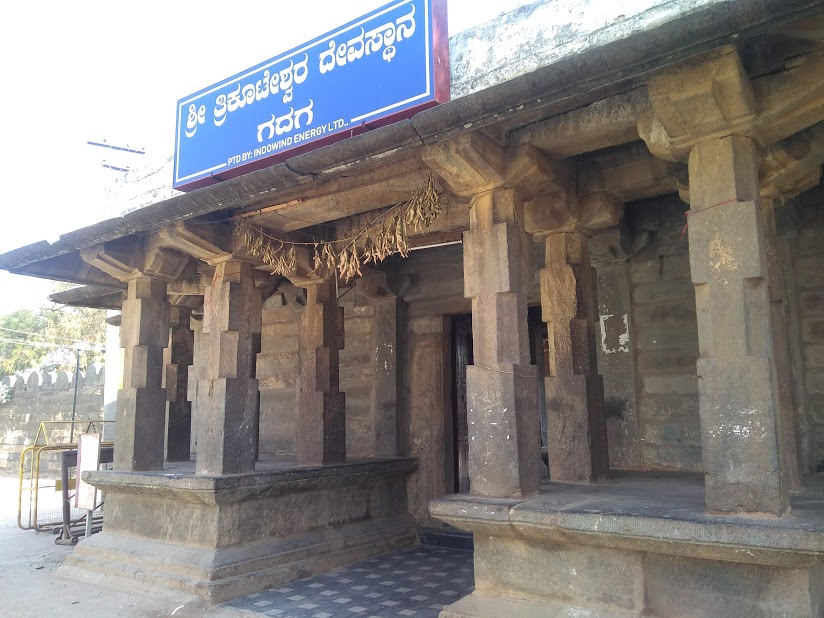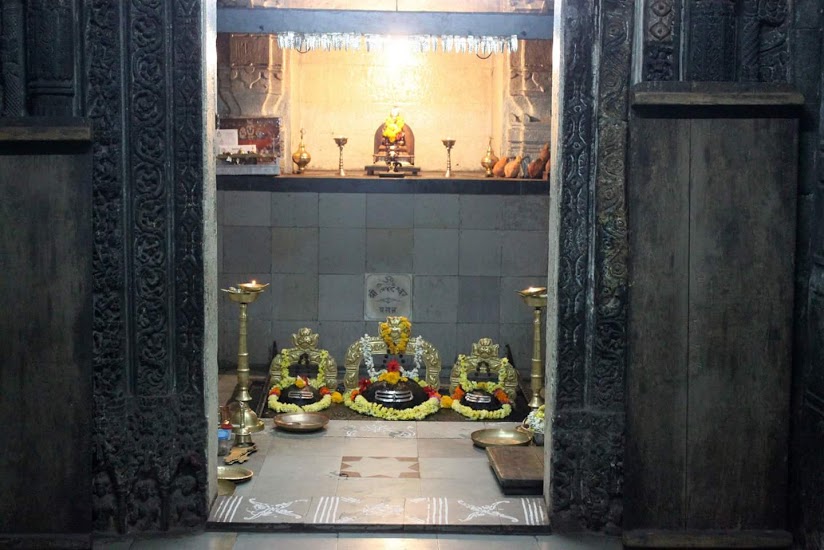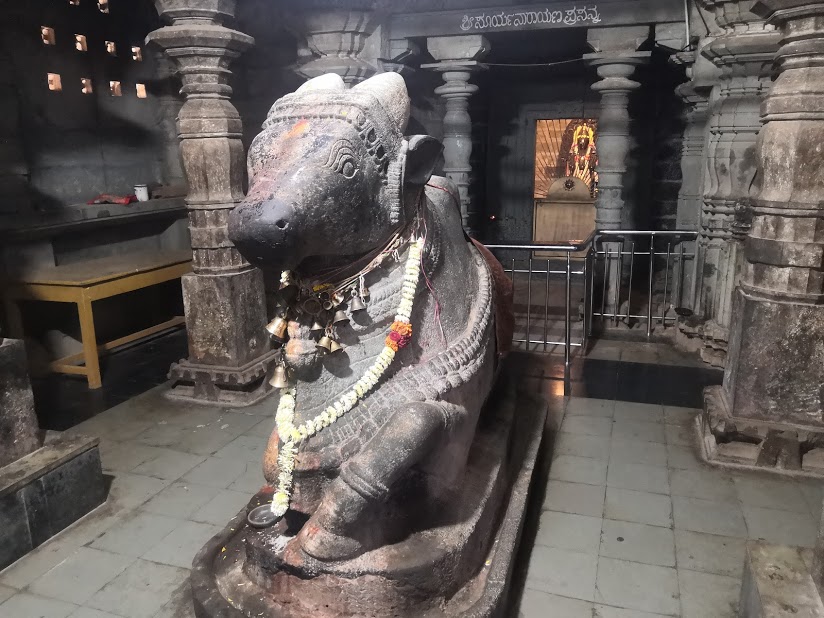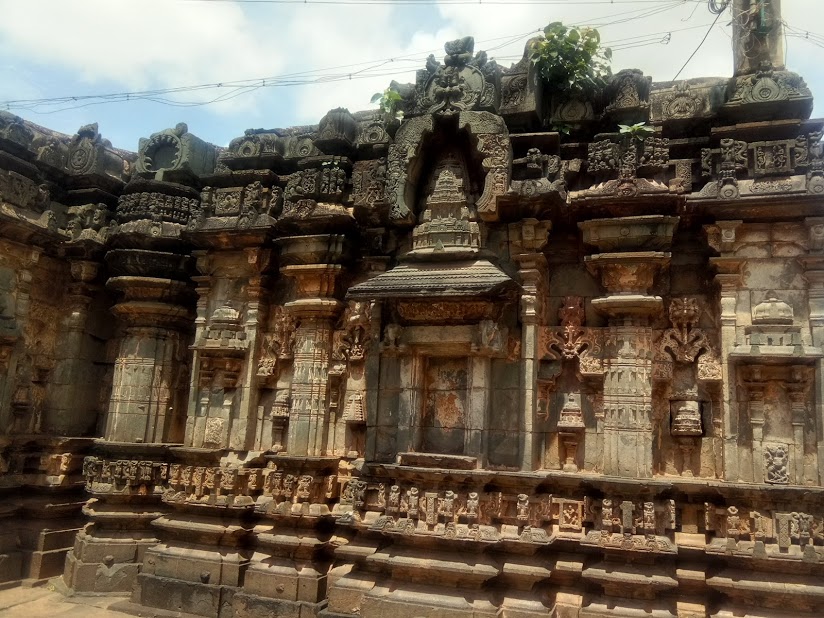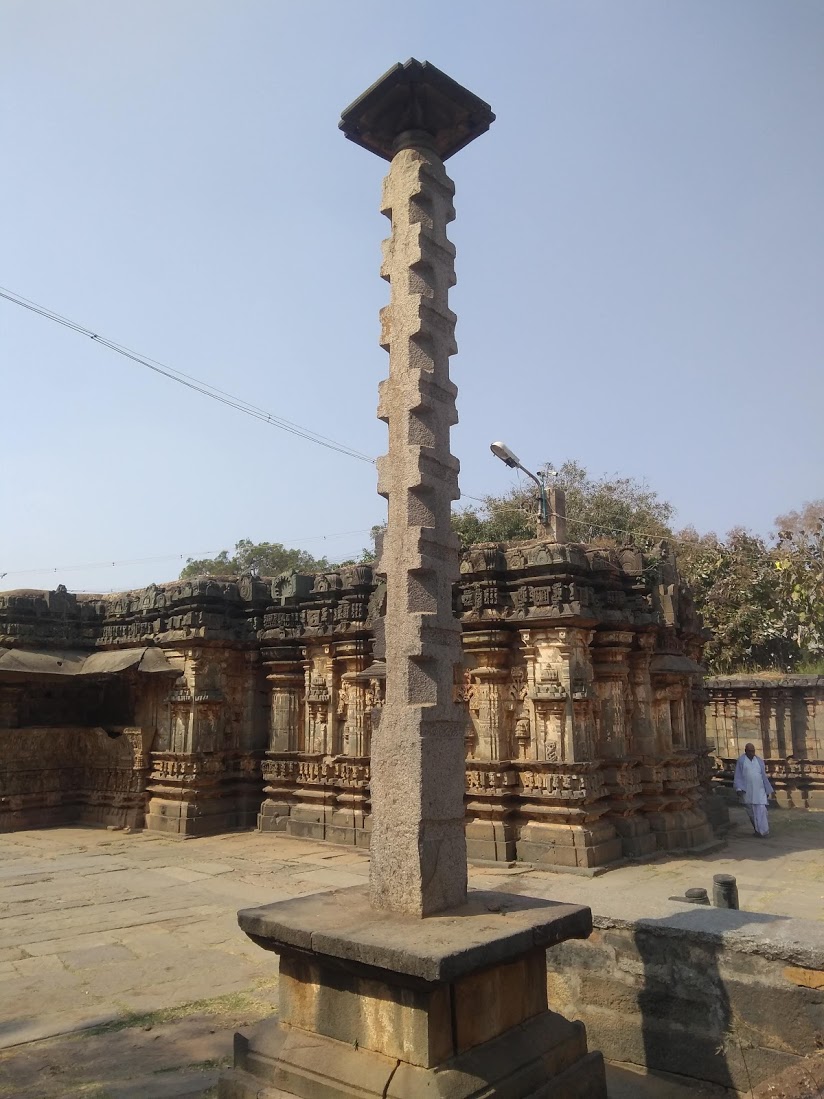
THE BATTLE OF TALIKOTA and the destruction of Vijaynagar (Hampi)
26 January 1565
A tale of valor, deception and decimation.
A grim reminder that if we fail to protect our heritage, it will eventually crumble under the onslaught of "forces of anarchy".
(Elaborate thread)

26 January 1565
A tale of valor, deception and decimation.
A grim reminder that if we fail to protect our heritage, it will eventually crumble under the onslaught of "forces of anarchy".
(Elaborate thread)


This decisive battle was fought between the Vijayanagara empire and the Deccan sultanates resulting in a rout of Vijayanagara and ending the last major medieval era Hindu kingdom in south India.(1)
The seeds of 1565 encounter were sown more than 250 years earlier when the forces of the Delhi Sultanate, during the time of Alauddin Khilji and later Md Bin Tughlaq swept through southern India in an expansion spree.(2)
By middle of the 14th century, facing rebellions, Tughlaq withdrew to Delhi, leaving behind 2 empires, Bahmani, which ruled the Deccan from Kalaburagi, and Vijayanagara, which ruled most south India with its capital at Vijayanagar.(3)
The Raichur Doab, between the Krishna and Tungabhadra rivers, existed as a natural boundary between these two kingdoms, with wars often breaking out over control of this territory.(4)
Under rule of Krishnadevaraya, Vijayanagara empire reached its zenith. Abdur Razzak, a Persian traveller who visited Vijayanagara in the 15th century, wrote: “All inhabitants, high or low, wear jewels and ornaments in the their ears, around necks, arms, wrists and fingers”(5)
At the same time, disruptive tendencies in the Bahmani Empire ensured that by the beginning of the 16th century it had broken up into the 5 separate sultanates that is Bijapur, Golconda, Ahmednagar, Bidar and Berar.(6)
The Sultans constantly fought amongst themselves. Vijayanagara strategically allied itself with one or the other. When there was a direct confrontation between any sultanate and Vijayanagara,the latter prevailed, eg battle of Raichur in 1520, when Krishnadev defeated Bijapur.(7)
Aliya Ramaraya was the ruler of the Vijaynagar Empire at the time of Talikota. Rama Raya was an able administrator. The Deccan Sultanates were in fighting constantly and Ramaraya acted as an intermediary on multiple occasions.(8)
The Deccan sultanates eventually realized that the only way to defeat their enemy was to come together and form a coalition that could face the might of Vijayanagara. This consolidation was achieved by marriages, and setting aside political conflicts.(9)
On 29 December 1564 the first battles broke out. Qutb Shah (Golconda) and Nizam Shah (Ahmednagar), decided to go in first and clashed with Tirumala Raya's (Ramaraya's 1st brother) division. The Hindu army inflicted a huge defeat on them and the Sultans fled in disarray.(10)
The Sultans were shaken by this encounter and requested Adil Shah (Bijapur) to stand by them for the Hindu counter attack. Nizam Shah and Qutb Shah decided to negotiate with Raya and also bought some traitors in his camp who was planning a massive counter thrust.(11)
Adil Shah sent a false message to Vijaynagar that he wished to remain neutral. As a result Ramaraya delayed his counter giving a critical time window for the sultans to plan. Sultan Imad Shah of Berar made the first move by attacking Tirumala Raya 's division.(12)
Tirumala fell upon him and destroyed the Sultan's army and sent him running. The gains of this victory were short lived as the sultans Nizam Shah, Qutub Shah, Barid Shah (Bidar) on one side and Adil Shah on the other used this distraction to attack the Ramarayas center.(13)
Rama Raya, surprised, rapidly responded. Despite age he decided to personally lead the army and took to the field. He faced Nizam Shah's division. Tirumala hurriedly returned to form the left flank of the army that was countered by Adil Shah and maratha chief raja Ghorpade.(14)
His second brother Venkatadri formed the right flank opposed by Qutb Shah and Barid Shah.(15)
On 23 Jan 1565, the armies clashed on the plains near the villages of Rakshasi and Tangadi. Venkatadri struck early and within the first 2 hours the Hindu right wings heavy guns fired constantly on the ranks of Barid Shah.(16)
As the ranks were softened the Hindu infantry under Venkatadri ploughed through the divisions of Barid Shah annihilating them.(17)
The assault was so vigorous that it looked like a Hindu victory was imminent. Qutb Shah too was in retreat, when Nizam Shah sent his forces to shore up the ranks of the Sultans.(18)
Nizam Shah himself was then pressed hard by the heavy cannonade from Ramaraya division and was facing a Hindu infantry thrust with Ramaraya at the helm.(19)
At this point the Sultans signaled the traitors in Vijayanagar army to launch a subversive attack. Ramaraya found his rear smashed by 2 divisions in his ranks turning against him. About 140,000 defected troops had opened a rear attack and captured several artillery positions.(20)
Several cannon shells landed near Ramaraya's elephant and he fell from it as his mount was struck by a cannon shard. Ramaraya tried to recover but Nizam Shah made a dash to seize him.(21)
He was dragged to the sultanate camp and executed. The Vijayanagar army panicked at the death of their commander and chaos broke out. Venkatadri lost his life as Qutb Shah, Nizam and Barid put all their forces together and launched a concerted punch.(22)
Tirumala tried to stiffen the center but at that point the whole division of Adil Shah made the final assault on Tirumala's division. The Vijayanagar artillery had by then been exhausted, blasted by Adil Shah's artillery and Hindus faced a rout.(23)
After execution of Ramaraya followed plunder of Vijayanagar. Portuguese chronicler, Diogo Couto’s description: “the plunder was such that every man in the sultanate army became rich in gold, jewels, slaves , as the sultans left every person in possession of what he acquired.”(24)
A huge fire was lit within the Vitthala temple complex. Crowbars and axes were used to demolish the exquisite stone buildings, temples and carvings.(25)
The royal pavilions were sent crashing to the ground while the inhabitants were eliminated. It took the sultanate forces around 5 months to completely demolish and plunder the capital.(26)
Caesaro Federici, an Italian merchant and traveller's account who visited Vijayanagar 2 years after the battle of Talikota and its destruction: “The city is not altogether destroyed, the houses stand, but empty, and there is dwelling in them nothing, but wild beasts.”(27)
• • •
Missing some Tweet in this thread? You can try to
force a refresh

